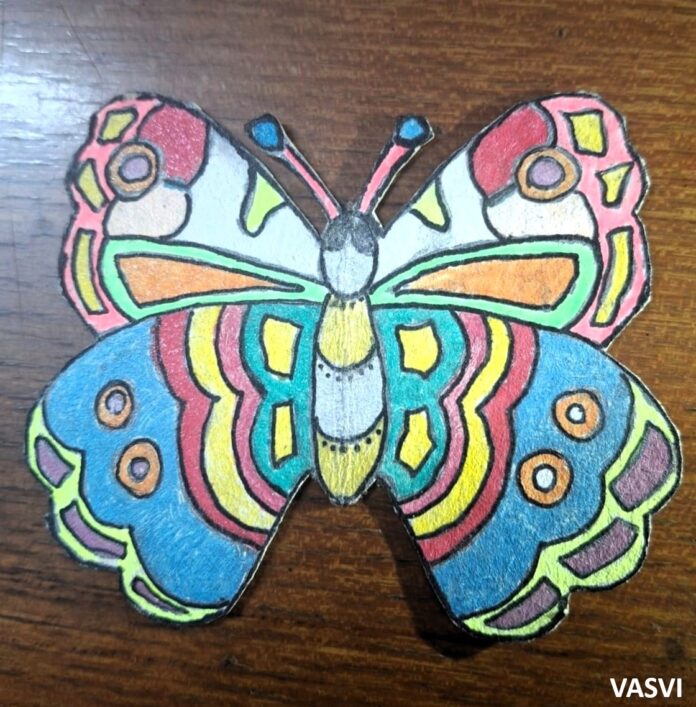‘Puddling’ in Butterflies and Moths -Extracting Nutrients from Elephant excreta.
The clip shows two species of butterflies, the smaller blue Zizula hylax (Indian Tiny Grass Blue) and the bigger Papilio demoleus demoleus feeding on elephant dung at the Jim Corbett National Park, Uttarakhand, India. This mode of seeking nutrition in butterflies and moths is also known as ‘Puddling’.
Scientific evidence has established that elephant dung provides mineral supplements to butterflies dwelling in elephant habitats and contributes to the fitness and reproductive physiology of butterflies in these habitats. ‘Puddling’ is a special phenomenon observed in many butterflies and moths where these insects obtain water and nutrients from animal excreta. It is a supplementary feeding strategy often in competing situations (the primary being nectar hopping) which improves survival, reproductive fitness and temperature regulation. Male butterflies also transfer spermatophores to females during mating. These spermatophores serve as a rich source of nutrient for the females and may contain nutrients such as Sodium, Calcium phosphate or Amino acids (which form a package of nuptial gifts given by the male to the female) which are crucial for successful breeding.
Mammals may digest only a part of their ingested food and hence the undigested part in mammal excreta may serve as a rich non plant source of nutrients for butterflies.
Asian Elephants spend almost 60% of their day light time feeding and consume almost 300 kg of food which is about 5% of their body mass every day. They may drink about 225 litres water a day. Only about 40% to 50% of the forage is digested and the elephant may produce 100 to 150 Kg of wet faeces per day. Elephants also eat soil to supplement minerals such as sodium and elephant dung is rich in minerals such as nitrogen, phosphorous and potassium. Butter flies prefer wet dung as it is easier to inject the proboscis and extract water and dissolved nutrients. Being connected to breeding and mating as part of the nuptial gift, male butterflies may engage in ‘Puddling’ more than the female butterflies. It appears to be predominantly a male activity.
©Srimaa Communication
Credits- Dr. Yashpal Singh, Mrs. Neena Singh, Mr. Rajesh Bedi, Manoj Kumar Yadav
